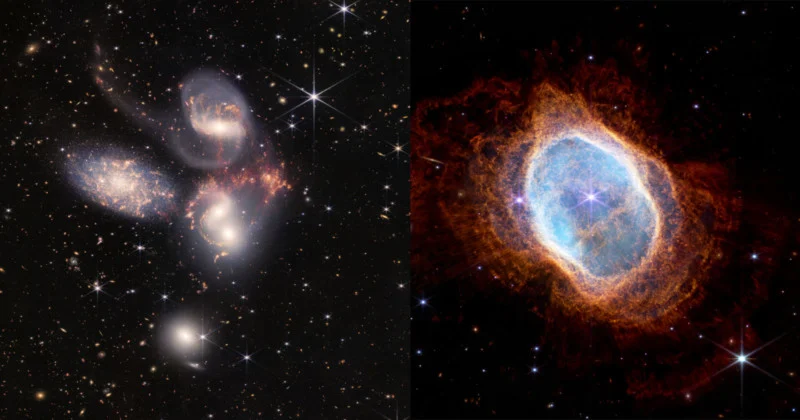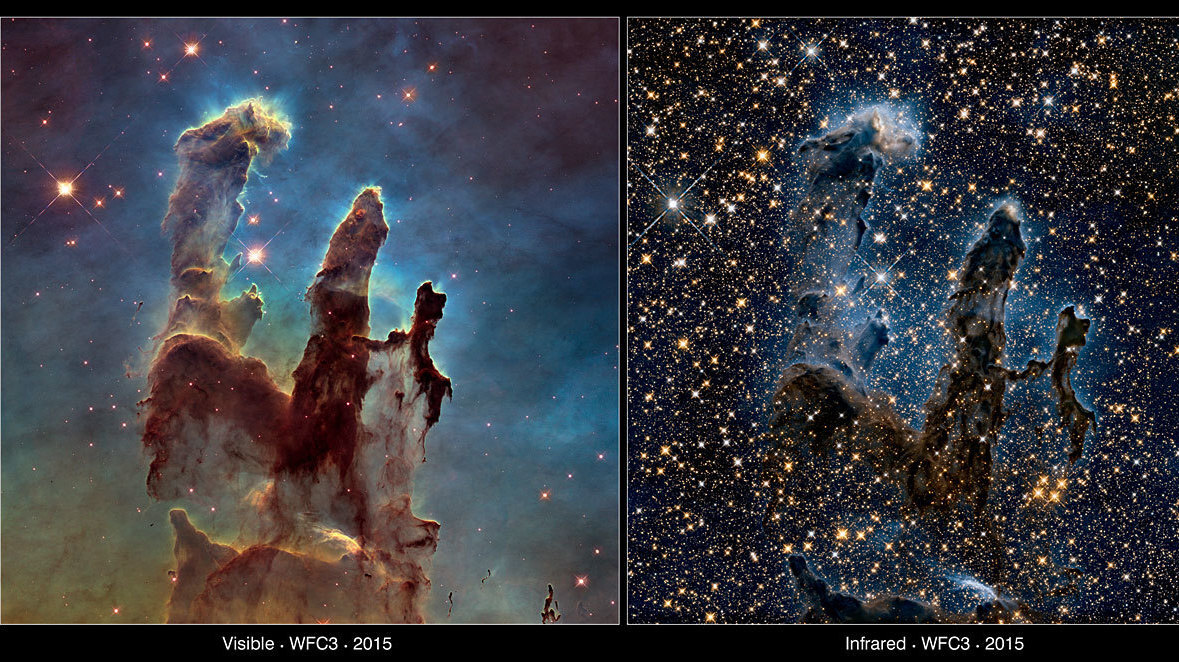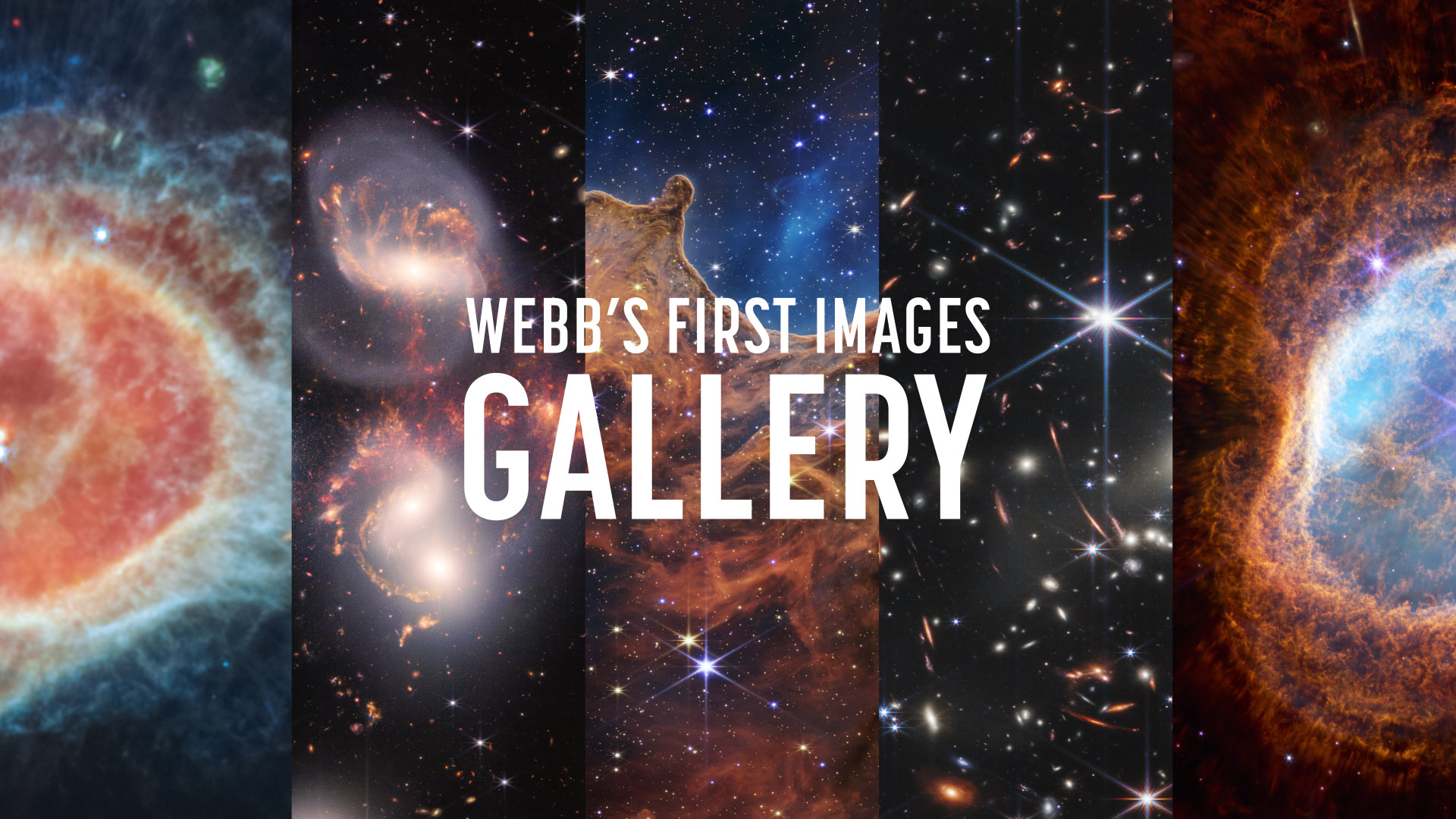Five photos from the James Webb Space Telescope’s initial work were shared by NASA on Tuesday. The images demonstrated the telescope’s enormous potential to uncover the mysteries of deep space. Here are a few of the topics we have encountered thus far.

On Monday, President Joe Biden unveiled an image obtained by the Webb telescope that NASA officials and scientists praised as one of the deepest images of the universe ever seen. As additional data pours out of NASA’s computers, this mark will likely soon be beaten.
Even further-off scattered galaxies were visible across the sky in the photograph of the distant star cluster SMACS 0723. The gravitational field of the cluster intensified the light from those galaxies, which was then observable more than 13 billion years ago.
The most primitive and remote stars may not have looked like the stars we see now, according to astronomers’ theories. The initial stars, which were made entirely of hydrogen and helium and were left over from the Big Bang, had the potential to become far more massive than the sun and then violently and swiftly collapse into supermassive black holes, which currently make up the majority of galaxies’ cores.

The Jupiter-sized exoplanet WASP-96b’s spectra, which were displayed on screens on Tuesday, weren’t the most striking; instead of mind-bending cosmic cliffs, they showed the slopes of a chart that was taken when the planet passed in front of its star 1,120 light-years distant. But when the Webb telescope’s operators in Baltimore, at the Space Science Telescope Institute, saw it, they gasped and cheered.
While it is exceedingly improbable that life exists on WASP-96b, similar methods could be used to determine if smaller, rocky planets circling other stars are hospitable.
The Carina Nebula, a massive, whirling cloud of material that serves as a star nursery and is home to some of the Milky Way’s most brilliant and exploding stars, was depicted in the image that stood out the most. The nebula looked like a massive, eroding seaside cliff covered with hundreds of newly discovered stars when viewed in infrared.
Cosmic dust striking the mirrors of a spacecraft like the James Webb Space Telescope was unavoidable. The fact that one of the telescope’s mirrors had been damaged by a micrometeoroid strike in late May and that the blow had been more severe than anticipated came as an unwelcome surprise to NASA officials.
According to NASA representatives, the distortion was hardly perceptible and Webb’s performance nevertheless exceeded all specifications. To partially counteract out the distortion, engineers additionally adjusted the mirror’s location.
Four smaller micrometeoroids had previously impacted the telescope before the incident was recorded.
According to officials, NASA is considering other flight paths to maximise the possibility that any dust that does contact the telescope will do so by hitting the mirrors’ backs rather than their fronts.











